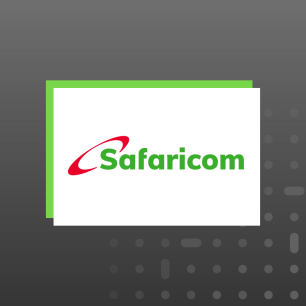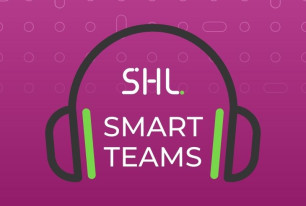Should You Configure a Unique Competency Framework…or Not?
Read this blog to learn the power of a validated competency framework and considerations when implementing a configured framework.
Share
Organizations are unique. Each of them stands as a singular example. Exclusive. Distinct. Matchless. Such exclusivity requires an equally exclusive set of competencies and behaviors to deliver success. Or does it? While creating talent practices that reflect the language of your organization is important in driving your employee value proposition, ensuring your competency framework and associated language is robust and validated underpins successful performance.
But what does competency framework mean? And why is it so important to stick to a validated framework? Let’s dissect these questions, starting with competencies.
What is a competency framework?
A competency is the combination of knowledge, skills, motivation and behaviours that enable performance in relation to the requirements of a role. Competencies are then combined into a competency framework, a logical structure that defines the relationships between competencies, and the competencies and your organizations talent practices. The framework becomes the foundations for all of your organizations talent management activities, from defining the employee value proposition, through recruiting, onboarding, and development, and as core to career pathways and succession management.
Critical here is the distinction between the competency framework and the application of the framework. The application is governed by talent practices and processes; talent judges the impact of the framework on the basis of the consistent, fair application across their careers. The framework is the link between their experience and the mission, values, and goals of your organization. With this link in mind, should your framework be unique, or should you leverage a validated competency framework?
The argument for validated frameworks
The temptation is to design a bespoke framework that directly reflects the language of your business. Crucial in determining whether this is the route you should follow are a number of considerations. Before exploring these, a key question to ask: is your focus on your language, or the underlying behaviour that the language represents? Analyzing, as a behaviour, is analyzing. Whether you call it out as such, or “Deep Insights”, the behavior remains largely the same. Focusing on the behavior is key and should be at the core of your decision.
With that, there are a variety of benefits to be realized from implementing a ready-made framework. As a start, these frameworks have typically been validated, either over a broad population and/or over a number of years of implementation and refinement. As an example, the Universal Competency Framework (UCF) has been in existence, and use, since 2001 and provides a structured and evidence-based method of understanding behavior in the work environment. Structured frameworks also allow for benchmarking across both roles and industry sectors. While this validation is critical, a further advantage of a ready-made framework is that it is constantly being refreshed and renewed as the world of work changes.
Perhaps the greatest advantage of a validated framework such as the UCF though, is the speed with which it can be implemented, alongside scalability, allowing for rapid deployment across all talent levels and practices, whether acquisition or management. Equally, the framework can easily transition from the generic through to the very specific, from individual applications to aggregation across the whole organization. This speed and scalability also realizes a number of cost benefits together with the ability to calculate return-on-investment more easily and directly, and increasingly important measure to demonstrate the impact of talent management practices.
The greatest advantage of a validated framework is the speed with which it can be implemented, alongside scalability, allowing for rapid deployment across all talent levels and practices, whether acquisition or management.
Of course a validated framework will not necessarily “feel” like your own business. In the instance that you do decide to create a bespoke framework, ground this in a validated ready-made framework wherever possible. The Universal Competency Framework has formed the basis for in excess of 400 new competency models across 24 different countries and 117 different organizations. Using a validated framework allows you to leverage the benefits of the scientifically validated measures of the framework, but in your business language. Using a validated framework allows you to create your own framework quickly and efficiently from a standard set of components; each new model is built on a solid and known foundation. Consider though the frequency with which your language may change; regular changes require regular re-work with associated costs and change management interventions. That said, a bespoke competency framework can reflect the mission, value, and objectives of your business. But so can a validated framework with the benefits of research, scalability, cost effectiveness, and ongoing evolution.
Supporting your decision
While there is a case for a bespoke framework, the benefits of a validated framework make this a more compelling option for most organizations. Aside from the advantages laid out previously, a validated framework works alongside a variety of other talent products, including robust psychometric assessments, interview guides, individual and aggregated outputs, as well as development plans. This ensures consistency across your talent practices, helps you deliver an engaging employee experience, and helps engaged employees find their purpose!
SHL’s Talent Management solutions provide data and frameworks that can be mapped to our customers’ exact needs, visualized in real-time data on the platform. Find out how we can help you with your talent needs today!







